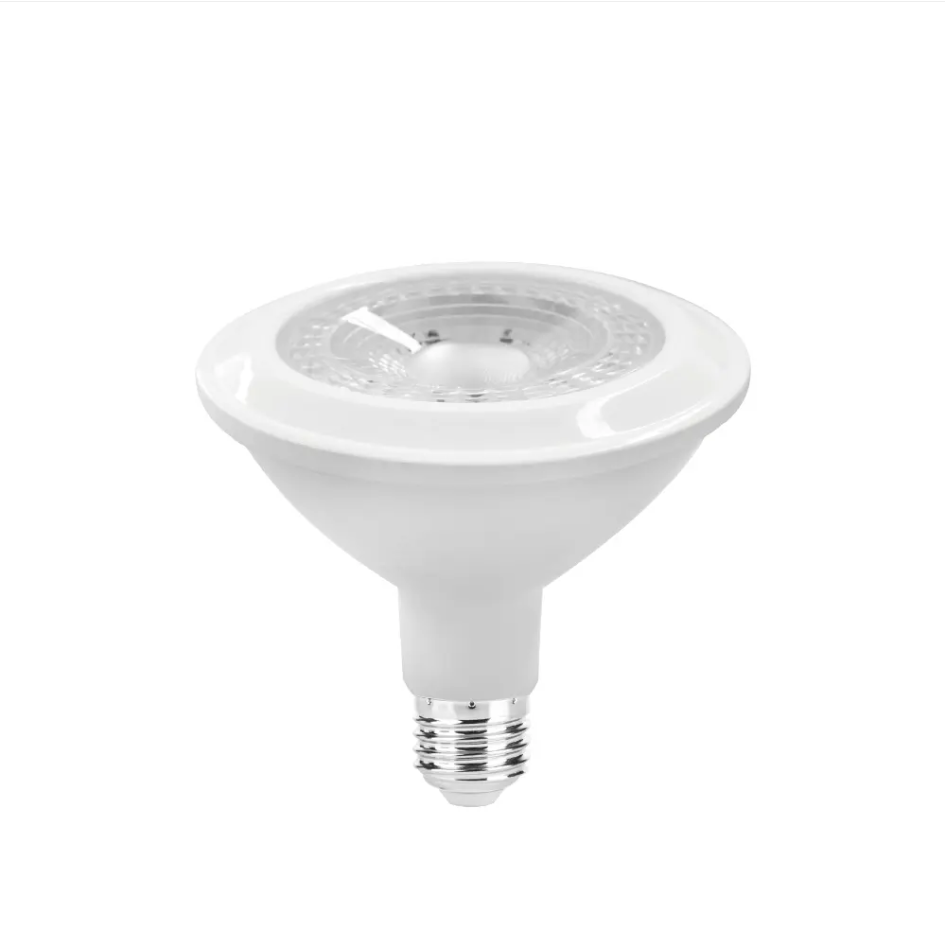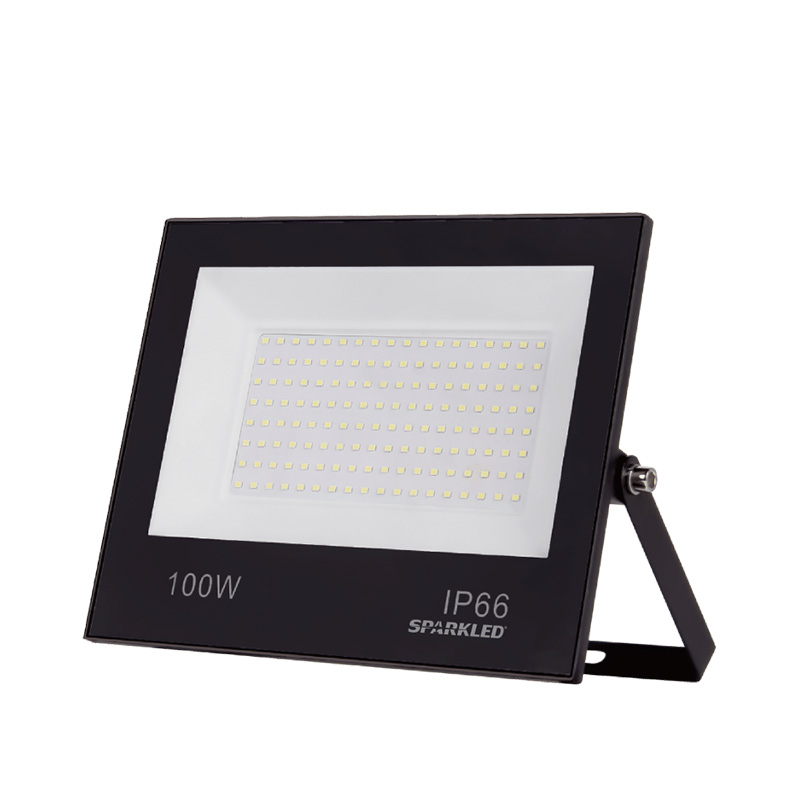When you purchase through links in our articles, we may earn a small commission. This doesn't affect our editorial independence.
Power outlets are about as dumb as home technology can be. If you want to live in a real smart home, you need to upgrade your wiring so it can be controlled, managed, and monitored from anywhere you have broadband access. Tri-proof Fixtures

The most elegant–and most expensive–solution would to bring in electricians to replace the outlets in your walls with pricey in-wall models. Fortunately, there’s an easier and much-less expensive way: Just put smart plugs into those outlets. Once you’ve done that, you can fire up an app, connect the plug to your Wi-Fi network, and control whatever’s plugged into it with the app or–in almost all cases, if you also have a smart speaker–voice commands.
Smart plugs are extremely handy. Some of them have built-in dimmers, so you can adjust the brightness of the lamp that’s plugged into them; others can power small appliances, such as a fan or a space heater. Most of them can be scheduled to turn your lights on and off while you’re away on vacation, so that your home doesn’t look ripe for a break-in. And if your kids watch too much TV or spend too much time playing videogames, you can turn off those appliances during homework hours. Tired of sky-high electric bills? Look for a model that offers energy-consumption tracking, so you’ll know what’s costing so much to run.
Which smart plug is best for your home? Here are our top choices, plus a shopping guide that will help you decide which one is right for you if none of our picks fits your needs.
Editors note: This article was updated December 8, 2023.
Leviton continues to make our favorite smart plug, and its second-generation device—model D215P—adds HomeKit compatibility to its repertoire (although we encountered a little difficulty getting that feature to work right off the bat). Like its predecessor, this smart plug connects directly to your network over Wi-Fi, so you don’t need to invest in a hub. And its slim form factor means you can plug two of them into the same duplex outlet. This is an on/off device, not a dimmer. If you need dimming functions, consider Leviton’s second-gen Decora Smart Mini Plug-In Dimmer (model D23LP).
Wyze Labs’ smart plug won’t report your energy consumption, and it’s limited to on/off functionality, not dimming—but it’s the least-expensive smart plug you’ll find, and it incorporates into the broader Wyze Labs’ smart home ecosystem, so it was an easy choice to be our top pick in the budget category.
The hub in Lutron’s starter kit can control more than just the smart plugs that come with it. It also supports Lutron’s in-wall dimmer switches and you can use it to schedule and automate Lutron’s line of Serena powered window shades. What’s more, you can incorporate the kit into a broader smart home system, and it’s compatible with Apple’s HomeKit ecosystem, too.
This is the first Matter-certified smart plug we’ve reviewed, but that’s not the only reason TP-Link’s Tapo P125M Mini Smart Wi-Fi Plug deserves its designation as the best Matter-certified smart plug. The Tapo P125M is a breeze to set up and use, and its compact form factor ensures that two of them can be plugged into the same duplex outlet. You can expect to pay a little more for Matter-certified smart home products in these early days of the standard, but given that it is the future of the smart home, that expectation is reasonable.
Whether you have an Emporia Vue power system in place or not, the company’s inexpensive smart plug is a great buy, especially if you want to monitor precisely how much electricity a connected load is consuming.
The Wyze Plug Outdoor isn’t the $10 bargain it was when first announced in December 2020, but it’s still an incredible value. It not only beats the competition on price, it also delivers some features those devices don’t have. You can control its two outlets independently, for example, and thanks to its integrated photo cell, you can program the device to turn its outlets on at sunset and off at sunrise, even if the plug is out of range of your Wi-Fi network (just program while connected to your network and then move it to its final destination—the instructions will be stored in its memory). The plug will also monitor and report on your energy consumption. That’s a lot to offer for a $17 list price.
While we’re hard-pressed to think of many scenarios that require smart outdoor dimming (as opposed to a simple on/off plug), the affordable TP-Link Kasa Smart KP405 certainly fits the bill. Arriving with a standard pigtail design, a rubber outlet cover, and a power button on top, the KP405 offers simple setup, sturdy construction, IP64 weatherization (making it ideal for use in rainy and snowy conditions), and an attractive price. On the minus side, you only get one outlet, and navigating to dimmer options in the Kasa Smart app can be a pain. Still, if outdoor dimming is a must, the Kasa Smart KP405 is your best option.
There’s isn’t a lot of competition in this area, but TP-Link doesn’t just win by default. The Kasa Smart Wi-Fi Power Strip features six grounded outlets that can be independently controlled and scheduled, plus three fast USB charging ports. It of course offers protection from power surges as well. It might seem expensive at around $80, but it’s actually a pretty strong deal when you compare it to dual-outlet smart plugs that cost about $60.
Smart plugs might seem like a commodity, but they cover a wide range of design styles, capabilities, and compatibilities. If you’re in the market for a smart plug, consider how your environment—and what you plan to connect to the smart plug—matches the following list of features.
As always, full reviews of all the smart plug hardware on the market follow at the end of the buyers’ guide.
Most smart plugs can only be used inside, since they aren’t weatherproof. (These are almost invariably white in color.) Weatherized switches (almost always black) are clearly denoted as safe for use outside.
This iDevices Outdoor Switch is one of the few smart plugs that are rated for outdoor use.
If you need to control the switch through a third-party hub like Samsung SmartThings, that’s one more piece of gear you’ll need to budget for. In many cases, a switch vendor will also offer its own hub as an option, though these can be limited in flexibility and features. Using a hub will also make it easier to interconnect various devices, so if you want to press a single button to turn on both overhead lights and lamps at the same time, a hub’s a great way to get this done.
As with all smart home gear, smart plugs support one of several wireless technologies, including Zigbee, Z-Wave, or Wi-Fi. Wi-Fi plugs typically don’t require a hub—your router serves that role—while Zigbee and Z-Wave models do.
You’ll also encounter two proprietary standards: Clear Connect, used in Lutron’s Caséta products; and Insteon, a hybrid of wireless and powerline home networking.
If you’re looking for compatibility with Apple’s HomeKit devices (and want to tell Siri to turn lights on and off), you’ll need to look for this support, which should be well-labeled on a product’s website and packaging.
An alternative is to look for the Matter logo, as HomeKit is one of the smart home ecosystems (along with Amazon Alexa, Google Home, and Samsung SmartThings) that the new Matter standard supports.
Many smart plugs work with Amazon Alexa, Google Assistant, or both. Support for Apple’s Siri is less common, but not hard to find. If you have Amazon Echo, Google Home, or Apple HomePod smart speakers in your home, you’ll love being able to turn sockets on and off with voice commands.
You can’t just plug anything into a smart plug. Most are rated to handle just a few hundred watts of power consumption, which is fine for a lamp or a coffee maker, but you might encounter problems if you connect a hair dryer or a professional blender to one.
Power plug manufacturers tend to bury their maximum wattage ratings in the fine print, so check carefully beforehand if you expect the outlet to support high-draw appliances.
TP-Link’s Kasa Smart Wi-Fi Power Strip includes six grounded smart outlets in one.
Designs vary widely here. Some smart plugs replace a single plug, some replace two. Some designs offer two plugs, but only one of them is smart; the other is an always-on pass-through plug. Whichever design you choose, be sure to consider the physical design of the device itself.
Many of these devices—even those with a single-plug design—cover up both wall sockets, which can greatly limit their utility. Smart power strips—which offer multiple, individually controlled smart plugs in a single device—are also entering the market. TechHive recently showered praise on a model from TP-Link.
Some smart plugs offer only two-prong, ungrounded power. (This is done in part to dissuade you from attaching heavy machinery to the outlet.) If you need three-prong, fully grounded electricity, be sure to purchase one of the many smart plugs on the market that includes this feature.
Some smart plugs, such as this GE by Jasco model, accept only two-prong plugs and are not directly grounded.
Curious as to how much power your connected device is sucking down? Energy monitoring features let you use the device’s mobile app to track power consumption over time, giving you a better argument to use against your wasteful, wasteful children who never turn off the TV.
If you’re hooking up a lamp to a smart plug, you can easily turn it into a dimmable lamp if the switch includes an onboard dimmer. These switches include hardware buttons to control dimming directly on the switch itself in addition to app-based control.

Resistors Christopher Null is a veteran technology and business journalist. He contributes regularly to TechHive, PCWorld, and Wired, and operates the websites Drinkhacker and Film Racket.